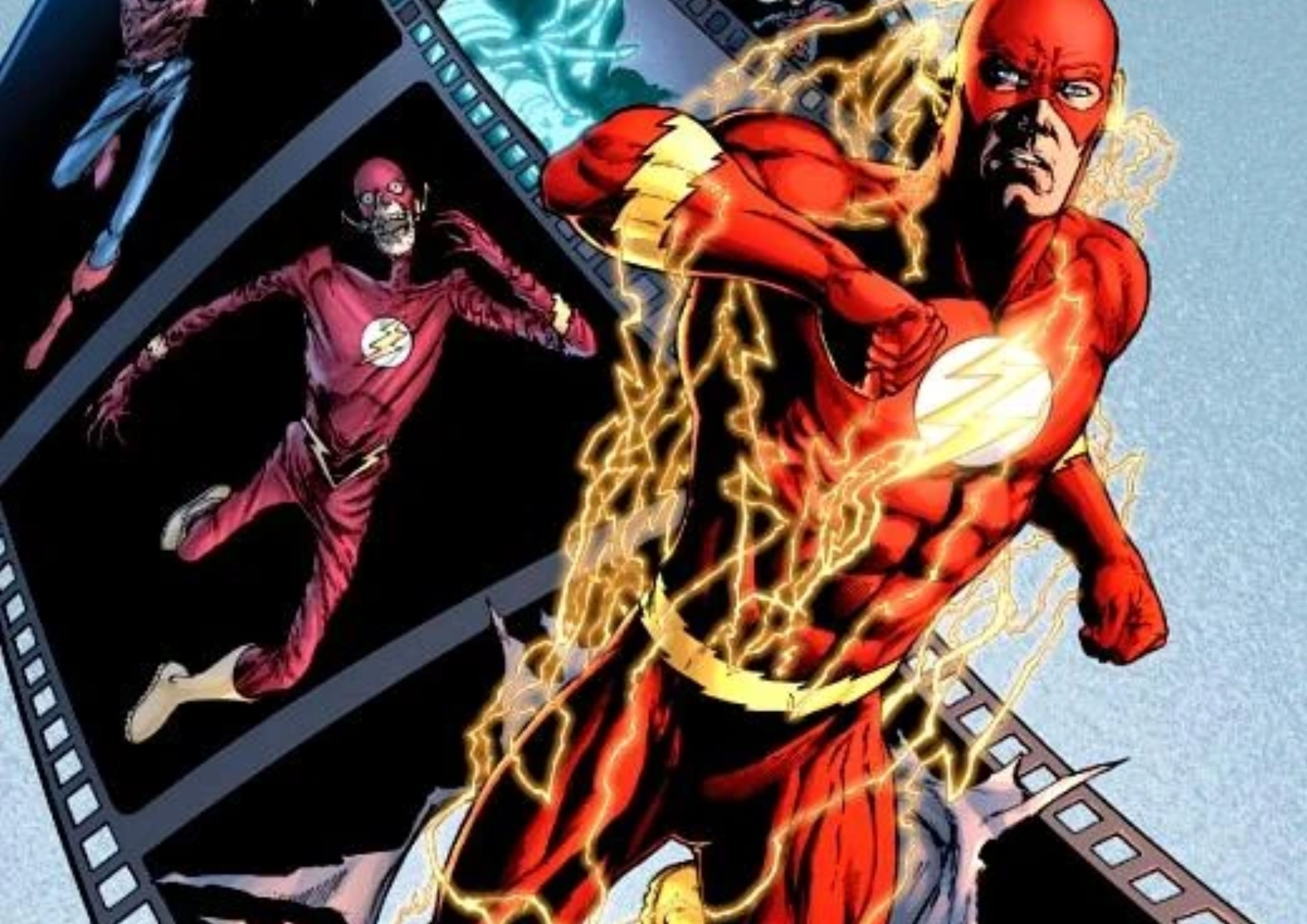
One of DC Comics’ most iconic characters is The Flash, who first appeared in 1940 as Jay Garrick. It was with the introduction of Barry Allen in 1956’s Showcase #4 that the Flash truly became a cornerstone of DC Comics, marking the beginning of the Silver Age of Comics. These comics combined outlandish sci-fi concepts with the spirit of the ’50s America, creating an exciting yet ordinary character like Barry Allen, who was as thrilling as a glass of milk.
Barry Allen played a significant role in the Silver Age of DC Comics, but as stories became more intricate during the Bronze Age, he faded into the background until his death in Crisis on Infinite Earths. Wally West then took over the mantle and became one of the greatest Flashes. Barry Allen was revered as a guardian angel within the DC Universe, making us all better off. However, writers Grant Morrison, Geoff Johns, and Dan DiDio felt differently and brought Barry Allen back to life in the late 2000s.
In this reimagined universe, DC heavily invested in the return of Barry Allen as the primary Flash character. He took center stage, being elevated as the foremost Flash, marking a significant shift during the New 52 era. Barry Allen himself gained a CW television series titled The Flash, and was designated as the Flash within the DC Extended Universe. However, from the start, it felt like something wasn’t right to fans. Bringing Barry Allen back was never the intended course of action, and the growing fan dissatisfaction eventually led to the return of Wally West. Now, we find ourselves in a world centered around Wally once more, and it seems clear that Barry Allen’s comeback was an error all along.
Barry Allen’s Return was Wrong From the Beginning

In the comic series “Final Crisis” #2, Barry Allen reappeared as The Flash and played a crucial part in the story, assisting Wally West to pursue the Black Racer, eventually leading to Darkseid. However, things took an unexpected turn with “The Flash: Rebirth”. This storyline brought back the villain Reverse Flash, but here’s the twist – Reverse Flash was technically already resurrected before the story began, in the 2010’s “Blackest Night”, and then he manipulated events to torment Barry Allen upon his return. The ordeal of Reverse Flash tormenting Barry became the focal point of Barry’s return as the Flash, which was initially intriguing but eventually lost its charm.
The issue with Barry Allen as a character lies in his one-dimensional portrayal as a scientist. While it might not be entirely accurate to call him one-dimensional, he certainly lacked the depth and complexity of a fully-realized character. DC Comics attempted to rectify this by transforming Barry into a more responsible version of Wally West, but this change only fueled the desire among fans for Wally’s return.
DC Comics believed that Barry’s comeback would generate success on par with the returns of Oliver Queen and Hal Jordan, both of whom were well-liked characters. However, unlike them, Barry was never particularly interesting.
Barry’s comeback sparked some engaging tales, yet nothing extraordinary. Barry lost his shine due to a lack of viable options for character development. He was lackluster, adored his wife, excelled as both a detective and scientist, and was perpetually late despite being incredibly swift. That was about it. Upon Barry’s reintroduction, they emphasized his legendary hero status, but failed to provide reasons for readers to genuinely connect with him beyond his identity as Barry Allen. They relied on their own nostalgia, assuming it would resonate universally, not realizing that for many DC fans of the 2000s and 2010s, Barry wasn’t our Flash. Wally was. We admired Barry, but comic enthusiasts had already voted with their wallets in favor of Barry years prior. Perhaps they hoped this would change, but even the clean slate of the New 52 couldn’t make Barry as beloved as Wally was, mainly because Barry failed to captivate us. There was no compelling reason to swap Wally for Barry other than DC executives having a personal connection with him.
Barry Allen’s Return Was a Failure

As a die-hard fan of comic book lore, I must admit that DC seemed to strike gold with the character of Barry Allen. Though The Flash film didn’t exactly set the box office on fire, the TV series on The CW managed to hold its ground for nearly a decade. However, in the world of comics, Barry’s comeback was met with a lukewarm response at best. This decision was largely influenced by the longing for nostalgia among DC creators and editors, and it maintained some level of popularity until they made the bold move to replace Wally West with Barry Allen as the Flash. From that point on, it became a battlefield, and ultimately, it was the fans who emerged victorious.
Barry Allen’s death was quite impactful. He was a remarkable hero who imparted crucial life lessons to his companions. His selfless act of giving up his life to save everything in existence was fitting for him. His comeback was thrilling, but afterward, DC primarily capitalized on the universal nostalgia associated with him. It didn’t work out as planned, and eventually, DC reintroduced the Flash that fans had longed for. I’m content with Barry Allen coexisting in the present DC Multiverse; it’s enjoyable to see him continue being part of the Flash Family. However, if he hadn’t returned, I don’t believe anyone would have been overly upset about it. Barry was more fulfilled in his death, and the fans of The Flash were better off then too.
Read More
2025-04-27 23:10